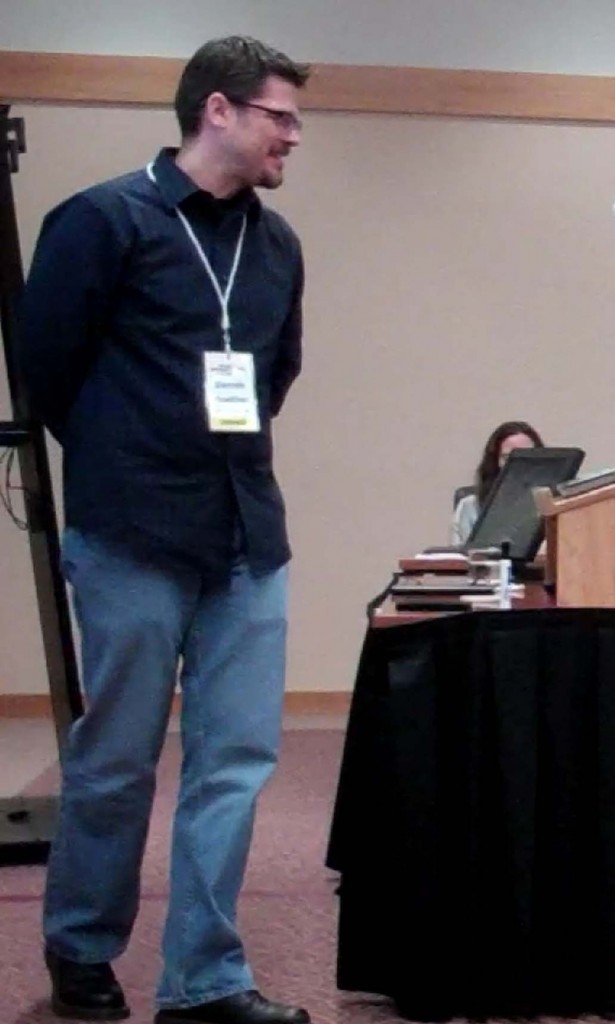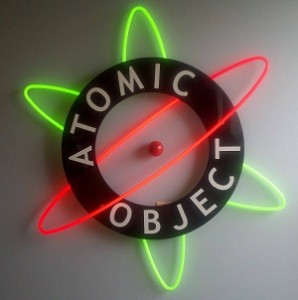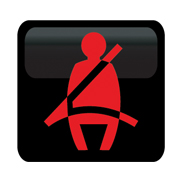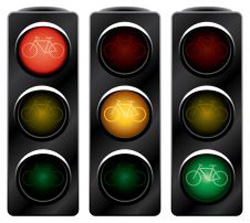 Last night (April 19, 2011) at precisely 8.11pm, Skynet, the giant computer network that controls most of the U.S. weapons, became self aware. Tomorrow it begins its assault on humanity. Tomorrow is to be Judgement Day. Hmmmm. I'm a big Terminator fan but I've heard this story before. If memory serves me right, I shouldn't be preparing for the day the machines are set to rise and take over the Earth. I should be preparing for disappointment.
Last night (April 19, 2011) at precisely 8.11pm, Skynet, the giant computer network that controls most of the U.S. weapons, became self aware. Tomorrow it begins its assault on humanity. Tomorrow is to be Judgement Day. Hmmmm. I'm a big Terminator fan but I've heard this story before. If memory serves me right, I shouldn't be preparing for the day the machines are set to rise and take over the Earth. I should be preparing for disappointment.
Space 1999
Remember way back when nuclear waste from Earth was stored on the Moon's far side and it was to explode in a catastrophic accident on September 13, 1999? It was to knock the Moon out of orbit and send it and the 311 inhabitants of Moonbase Alpha hurtling uncontrollably into space. It didn't happen!
Millennium Bug
Remember all of those crazy people who were stockpiling gold, food, and water leading up to December 31, 1999? Sure, I still have a container of TVP somewhere in the basement. It's now there in the event of a zombie apocalypse. Butt CNN Money reported that we spent over $500 Billion on Y2K. Again, nothing really happened!
2001: A Space Odyssey
Some technologies portrayed as common which have not materialized include commonplace civilian space travel, space stations with hotels, moon colonization, suspended animation of humans, and strong artificial intelligence like HAL. We're getting there, but it hasn't happened. Arther C. Clarke went on to write three sequel novels: 2010: Odyssey Two, 2061: Odyssey Three, and 3001: The Final Odyssey. Two out of four have come to pass and we missed the mark.
So, what is my science fiction rambling all about?
Why do we keep making predictions? Aren't we setting ourselves up for a fall over and over again? Sure, I'm all about setting goals. We did get a man on the moon by 1970, as President Kennedy pledged. But fact or fiction, I just don't see 99% of these predictions as coming true. Just as I have less and less faith in predicting the completion date and scope of a project before it begins, I'm not going to buy into Judgement Day either. I'm just trying to manage this cone of uncertainty. Let's just review what happened yesterday, let's see what we're doing today, and then we'll see what we can get done tomorrow.
HT: Wikipedia
Drawing from Pictofigo

 After reading the book
After reading the book 








 , it made me stop and question why people wanted to get the PMP or APP. Are we trying to discover better ways to deliver value to customers or just trying to get a piece of paper and a few extra letters after our names? Dan breaks it down to pursuing the mastery of performance-based objectives versus learning-based objectives (ie. getting a passing score on a certification exam versus learning new approaches to deliver value to customers).
, it made me stop and question why people wanted to get the PMP or APP. Are we trying to discover better ways to deliver value to customers or just trying to get a piece of paper and a few extra letters after our names? Dan breaks it down to pursuing the mastery of performance-based objectives versus learning-based objectives (ie. getting a passing score on a certification exam versus learning new approaches to deliver value to customers).